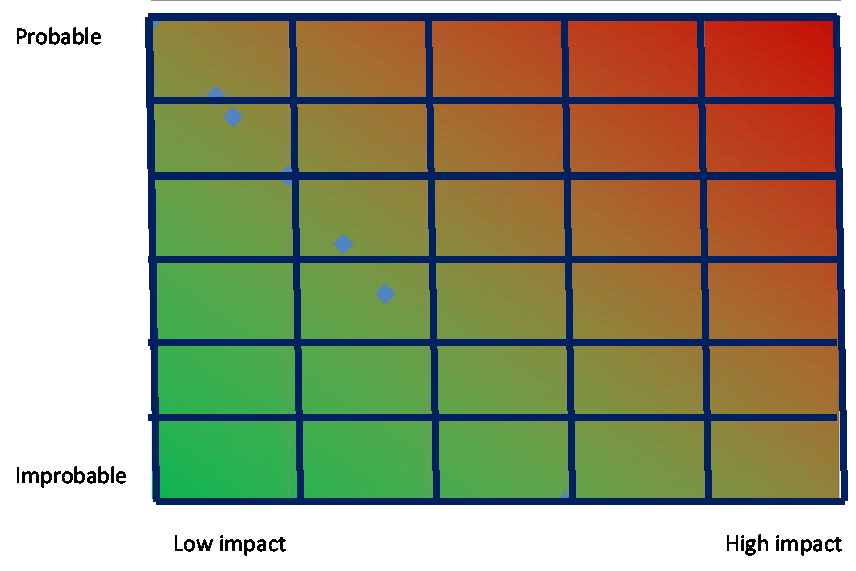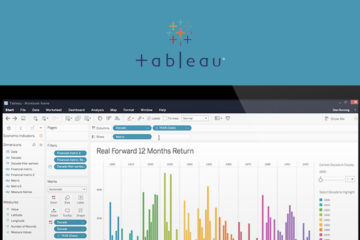Risk Matrix Basics
By: Ben Ale & David Slater
Risk management is an increasingly important task in managing enterprises, companies, countries and societies. The most prominent risks, which attract the public eye the most, are risks that involve human life or health or the state of the environment. But in many cases the s takes are of a different nature. In the financial markets risk usually is associated with losing money as a consequence of investments turning bad, mortgages not being paid back or fraudulent bookkeeping. In construction the risks are associated with completing a railroad in time and within budget or a building collapsing. All these have in common that the outcome of an action, a decision or an activity is to a certain level uncertain. The uncertainty not only pertains to the magnitude of the potential loss but also to the question of the likelihood of a particular loss.
takes are of a different nature. In the financial markets risk usually is associated with losing money as a consequence of investments turning bad, mortgages not being paid back or fraudulent bookkeeping. In construction the risks are associated with completing a railroad in time and within budget or a building collapsing. All these have in common that the outcome of an action, a decision or an activity is to a certain level uncertain. The uncertainty not only pertains to the magnitude of the potential loss but also to the question of the likelihood of a particular loss.
The political debate is often laden with confusion about the representation of risks, the magnitude of risks and the decision-making tools and mechanisms. A typical example is the discussion about the validity of risk matrices. In this discussion the presentation of the risk as points or lines is confused with the decision mechanism – usually some red, yellow, green coloring scheme – and the choice of the demarcations between these areas.
In this report we try to take away at least some of the confusion in the hope that the discussion will depart from discussion about methods and focus on what should be important, which is the discussion about acceptability. The latter discussion is completely and utterly political (Ale, 2003).
The need for graphical representations of risk often stems from the need to get around the physical, chemical and mathematical instruments that play a role in safety science. This unfortunately introduces many misconceptions, even about what has been published earlier. In order to understand the discussions and to take away these misconceptions the reader is invited to bite the bullet. In the following things will be kept as simple as possible but also be made as complicated as necessary. The mathematical formulas are there to illustrate a point and sometimes give mathematical proof for those who otherwise would not be convinced. They can also be skipped by those who are willing to believe that everything stated as being fact in this report can be proven.
Continue reading here: http://www.cambrensis.org/wp-content/uploads/2012/08/RiskMatrices-The-Basics3-0.pdf










